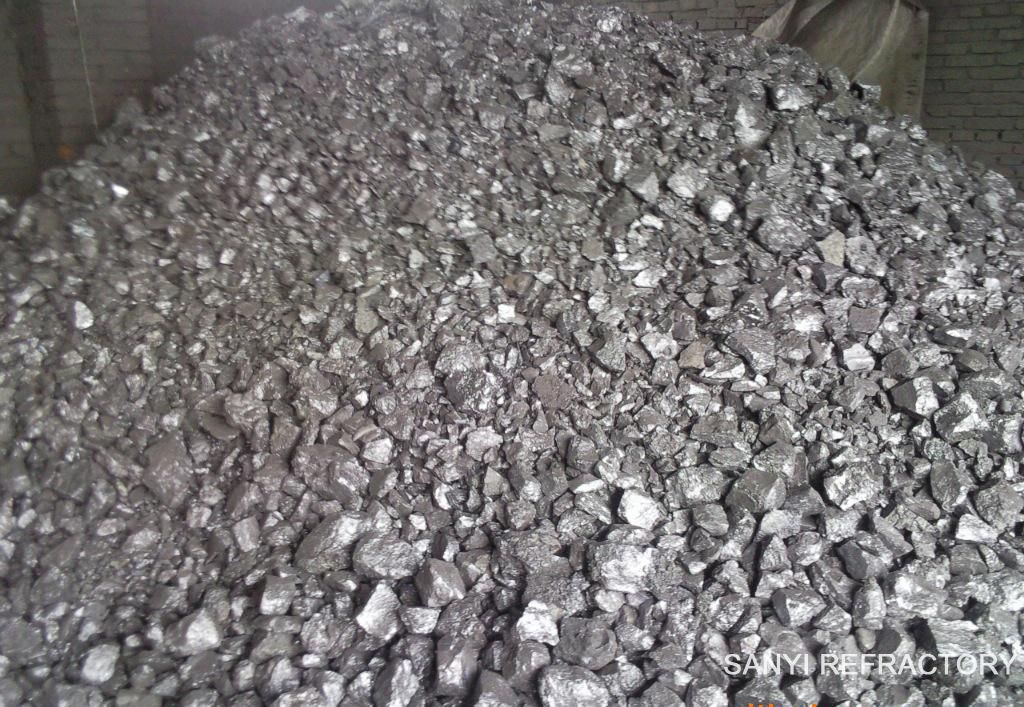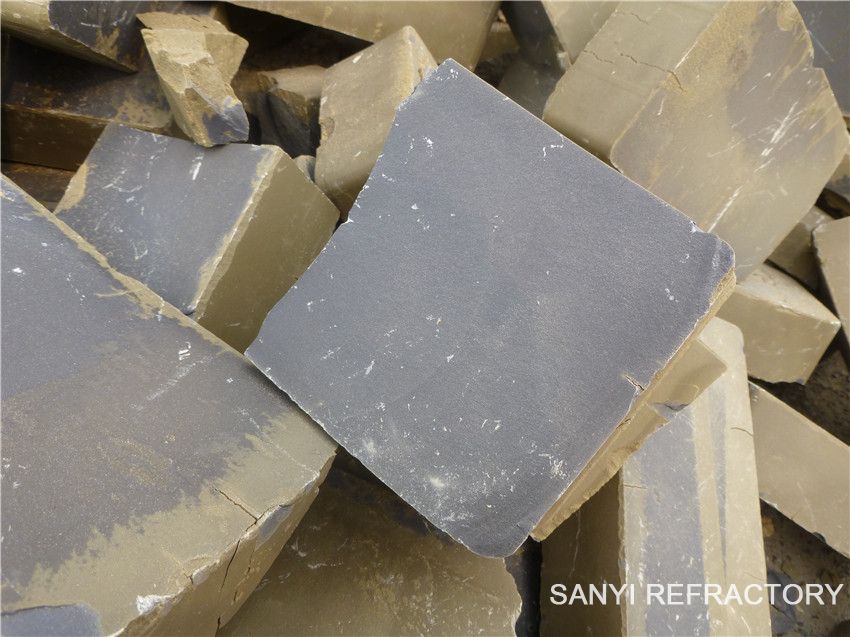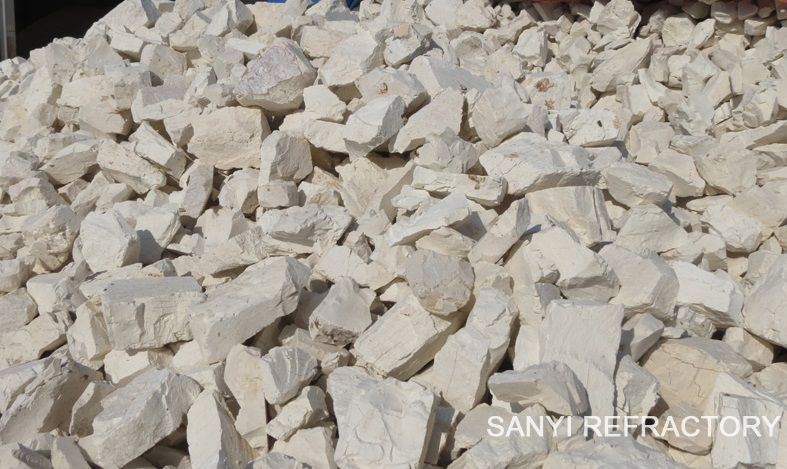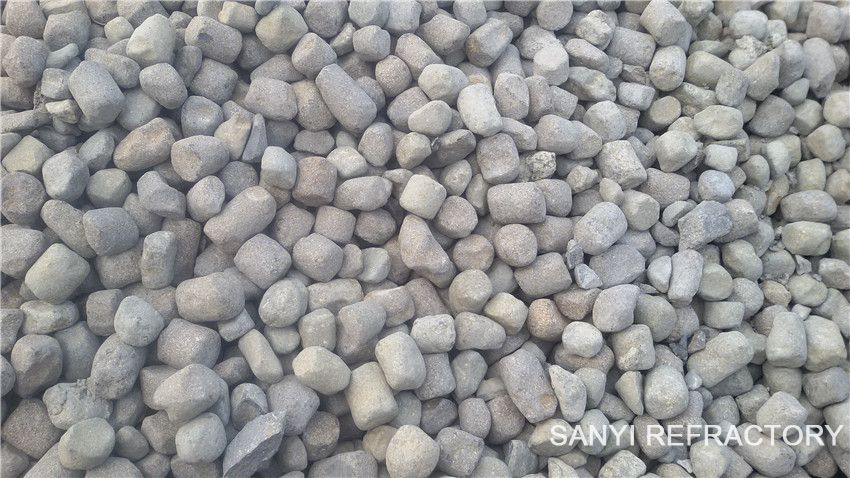- Refractory Raw Materials
Calcined Bauxite Ceramic Foundry Sand Corundum Flint Clay Fluorite Mulite Silica Fume Silicon Carbide Silicon Metal Alpha Alumina Powder Spinel Alumina Bubble Aluminum Powder Bentonite Boron Carbide Ceramic Sand Chromium Oxide Green Cordierite Explosion-proof Fiber Forsterite Fused Silica Graphite High Alumina Cement Kyanite Group Minerals Potassium Feldspar Powdery Instant Sodium Silicate Pure Calcium Aluminate Cement Spherical Asphalt White Clay Zirconite Lignin Synthesis of Ferro Silicon Nitride Homogenized Bauxite
- Refractory Products
- Monolithic Refractories
- Ceramic Fiber Products
- Metallurgical Auxiliary Material
- Industrial Kilns And Parts

FAQ




Production process
Time:Sat-06-18 hits:
According to the density and shape of the products, there are sintering, melting and melting methods. The sintering process is to pre - burn some raw materials into mature materials, to crush them and to sifting them, and then mix them with raw materials according to a certain proportion, and then form, dry and burn them. The purpose of raw material prefiring is to burn out the water, organic impurities and sulphate decomposed gases to reduce the burning shrinkage of the products and to ensure the accuracy of the shape of the products. The raw material needs to be sieved after crushing and grinding, because the billet is graded by different granularity, and the compact body can be obtained with the most compact accumulation.
In order to homogenate the ingredients and particles of various raw materials and clinker, mixing should be carried out and the binder should be added to enhance the bonding strength of the billet. If aluminum silicate billet is added into clay, magnesia billet is added to sulfite pulp waste liquid, silicon billet is added lime milk and so on. According to the amount of water content of the billet, it can be molded by semi dry (about 5% moisture), plastic molding (about 15% moisture) and grouting (about 40% moisture). Then dry and burn. The casting process is to mix raw materials by blending, homogenized and fine grinding, and then melt them in high temperature, directly cast them, and then produce products by cooling crystallization and annealing. Such as melting and casting mullite bricks, corundum bricks and magnesia bricks. Their compact bodies, high mechanical strength, high temperature structural strength, good slag resistance, and expanding scope of application. The melt blown method is a method of dispersing the ingredients and blowing them with high pressure air or superheated steam to disperse them into fibers or hollow spheres. Products are mainly used as light refractories and heat insulation materials. In addition, it can be made of powdery or granular unshaped refractory. When used, it is cemented with tar, asphalt, cement, phosphate, sulfate or chloride salt, and is directly used without forming and sintering.















